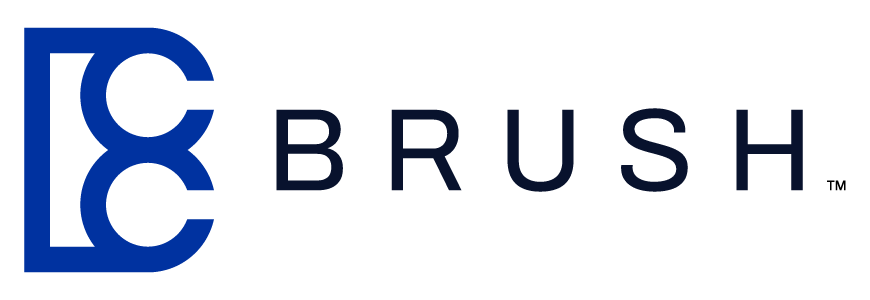Navigating the Future: Overcoming Challenges in Insurtech for an Enhanced Policyholder Experience
In the ever-evolving insurance industry, technology has emerged as a critical driver of change. Insurtech is revolutionizing the industry by integrating technology into platforms and processes for enhanced policyholder experiences. Insurance companies that offer best-in-class customer experiences are 80 percent more likely to retain customers than companies that do not, which means that technology solutions need to be streamlined and seamless to create satisfied policyholders.
While the integration of technology offers numerous advantages, it is important to recognize the challenges that it presents and learn how to overcome and embrace them effectively. In this blog, we will explore the key challenges that insurtech companies encounter and provide insightful tips for overcoming them.
Balance Technology with the Human Element
While technology can enhance efficiency, the human element of claims management is not something that technology can replace today. Research shows that 70 percent of organizations struggle to provide completely connected user experiences across all channels, yet almost three-quarters of organizations’ customer interactions are now digital. Insurtech companies must strike a balance between using technology to remove repetitive tasks and ensuring that the human experience remains an integral part of their claims process. This balance should be a dynamic process that evolves over time as the industry and policyholder needs change.
Ensure Tech-Savviness Across All Users
New technologies can help insurance professionals become more efficient in the claims process. However, when claims managers do not know how to appropriately use new technologies, this can often hinder a positive policyholder experience. Providing training and support to claims managers and designing user-friendly digital experiences for policyholders are crucial steps. A well-designed digital platform should accommodate both tech-savvy individuals and those less familiar with technology, fostering a positive experience for all.
Increase Policyholder Retention
Studies show that only 8 percent of an adjuster’s time is spent engaging with policyholders. Utilizing technology to automate administrative tasks can free up adjusters’ time, enabling them to focus on customer interaction. Without the integration of technology, insurance carriers will struggle to hold on to policyholders. While the average policyholder may not necessarily be seeking a fully digital claims experience, the ultimate goal is to create a seamless and frictionless process. To address this challenge, insurance companies must utilize interfaces that are intuitive, visually appealing and easy to navigate. In addition, regularly gathering feedback from users will allow companies to identify pain points and make continuous improvements.
Understand and Meet Policyholder Needs
There is often a knowledge gap between what companies assume policyholders need and what they truly require. To bridge this gap, companies should enhance data transparency and access. By removing data segregation barriers and implementing intelligent communication methods, such as prioritizing the preferred communication method of the policyholder, companies can build stronger relationships and reduce friction in the claims process. In addition, striking a balance between adhering to legislative and state mandates while maintaining meaningful customer engagement can be challenging. Companies must find innovative ways to streamline the claims process within regulatory boundaries.
Educate Policyholders
One of the challenges for policyholders is truly an educational one – understanding coverage, how they are covered and how to work through a process that is inherently not familiar to them. Insurance companies can address this challenge by creating an intuitive and user-friendly claims process that allows policyholders to participate and share documentation easily. With an omni-channel communications platform, policyholders are engaged from the moment a claim is filed and throughout the entire claims process, with automated systems to flag the appropriate parties involved in real time.
Address the Talent Gap
Teaching the insurance industry to fish upstream is a big hurdle. As the insurance industry evolves, attracting and building up young talent becomes crucial. Quality training programs that focus on both technological skills and industry knowledge can help bridge the talent gap. Insurance leaders need to actively engage with potential young talent, showcasing the dynamic opportunities the industry offers and fostering a new generation of skilled professionals.
While insurtech companies are driving significant change in the insurance industry through technology integration, they must overcome various challenges to provide exceptional policyholder experiences. By balancing technology and human touch, ensuring user-friendliness, enhancing data transparency, educating policyholders and addressing the talent gap, companies can pave the way for a brighter future in insurance. Through continuous adaptation and improvement, these challenges can be turned into opportunities for growth and transformation.
Brush Claims is tackling three main issues that are plaguing traditional claims services: communication, transparency and control. Through its innovative, entrusted digital suite of solutions like Hubvia, Brush Claims is revolutionizing the approach to insurance platforms and processes, creating a transparent solution that is driving technology where it counts and people when it matters.
For more information and insurtech industry insights, be sure to visit our LinkedIn, Facebook, Twitter and Instagram channels.




